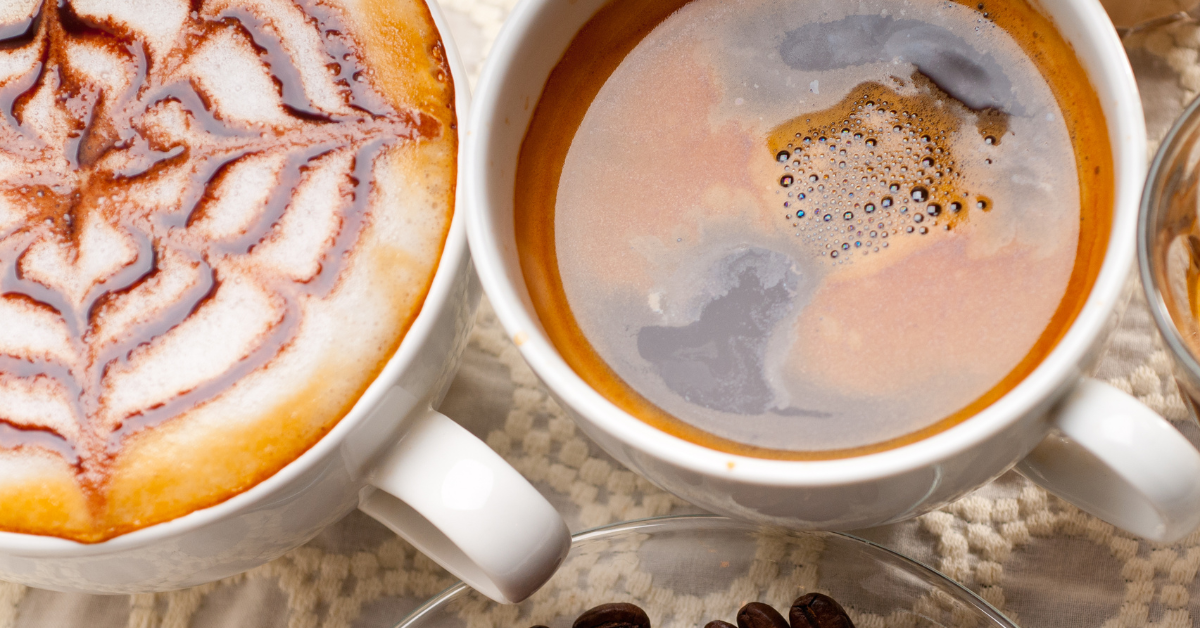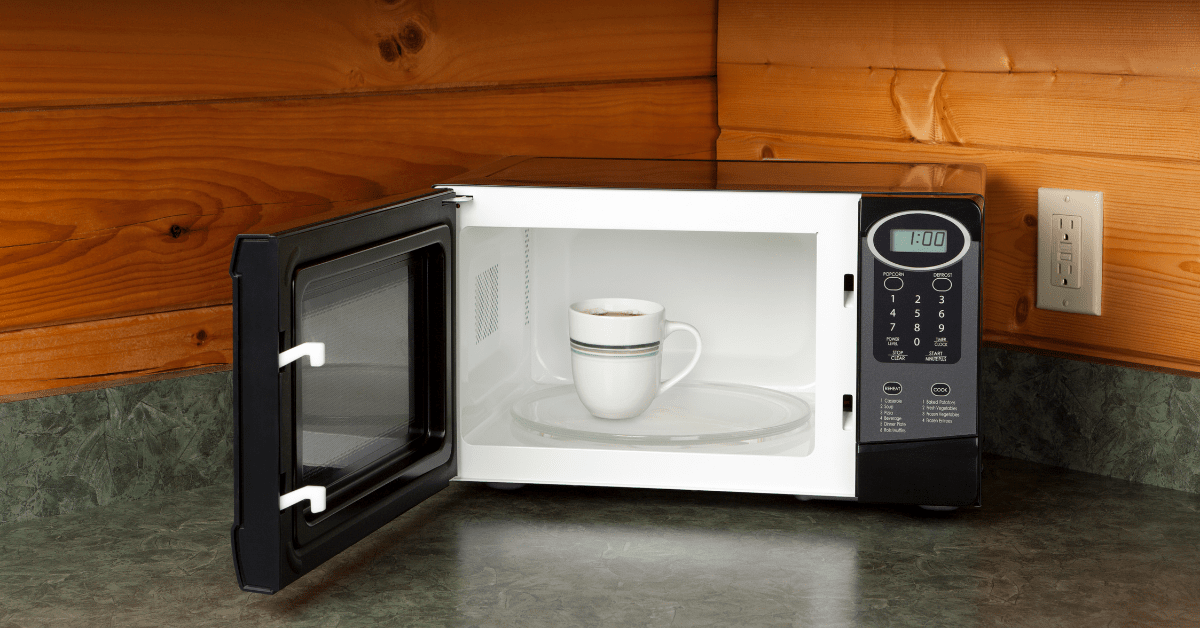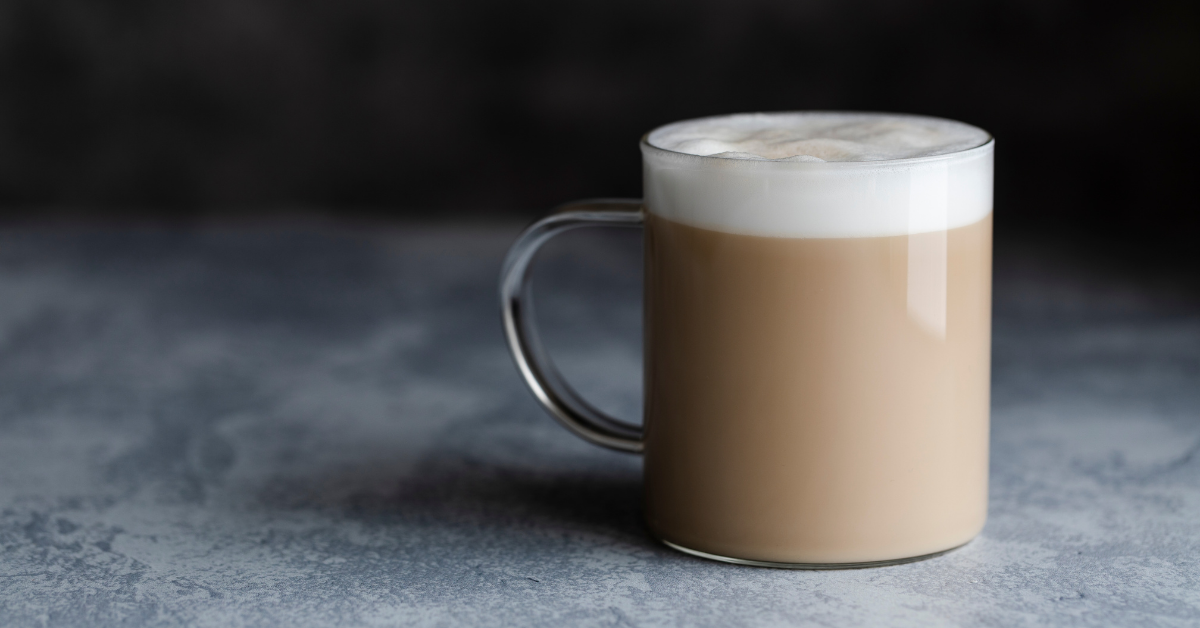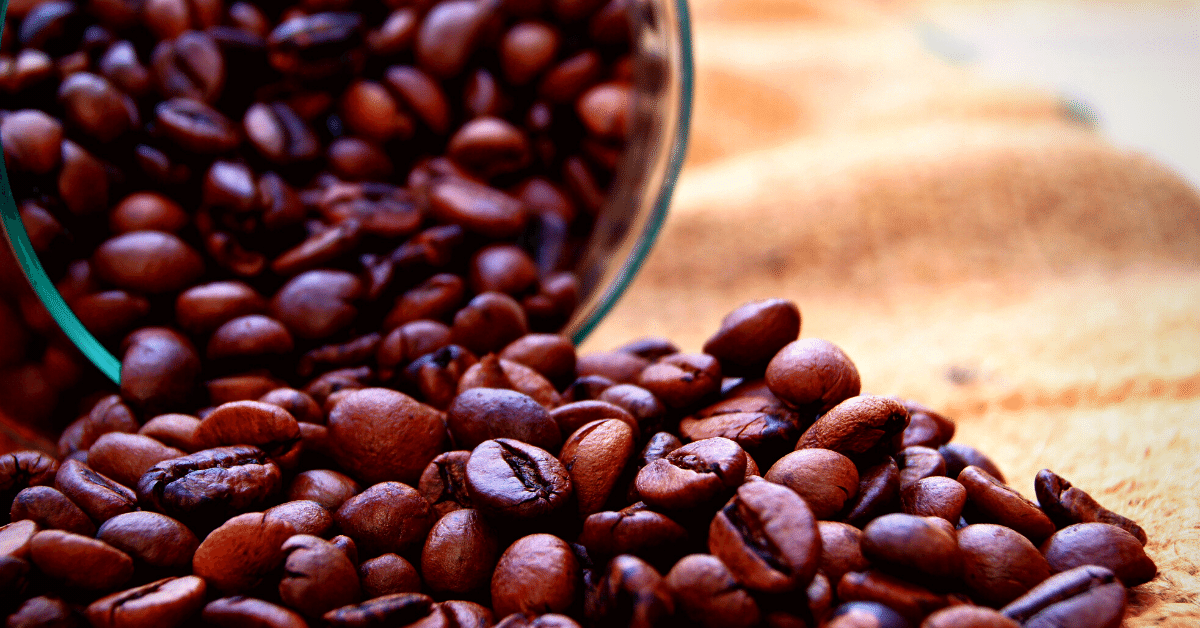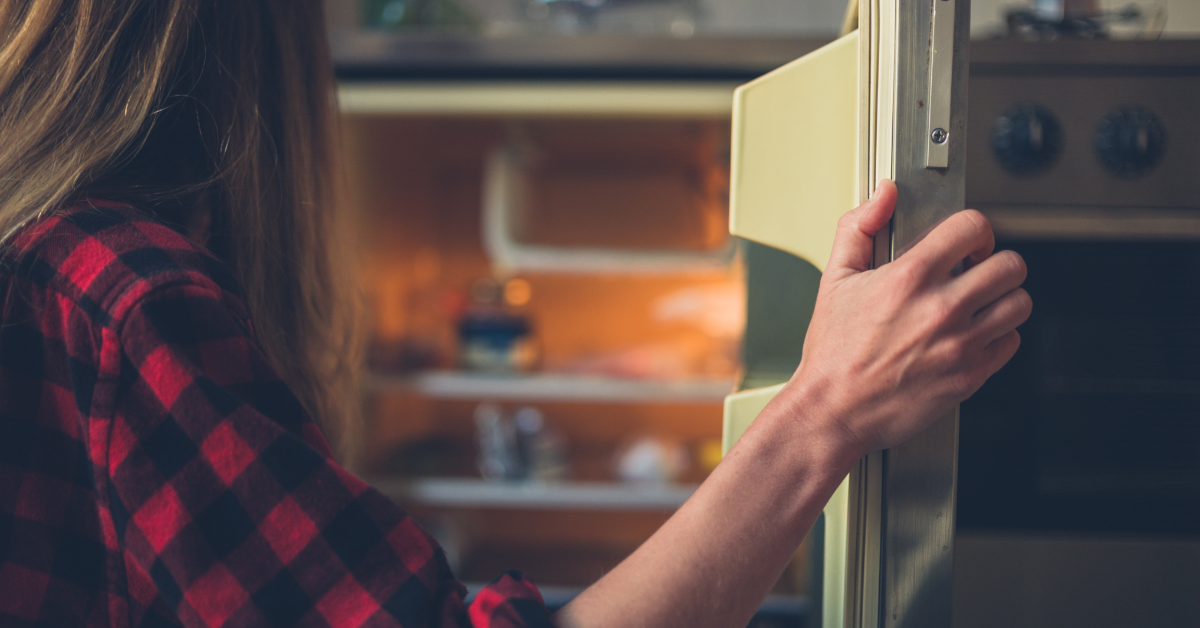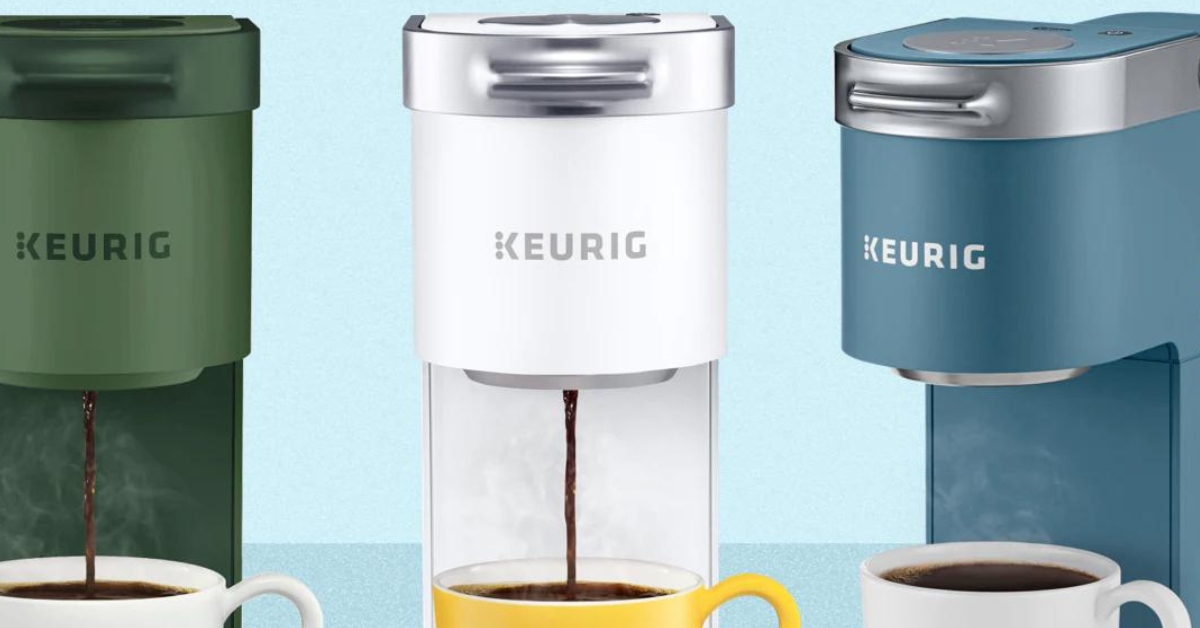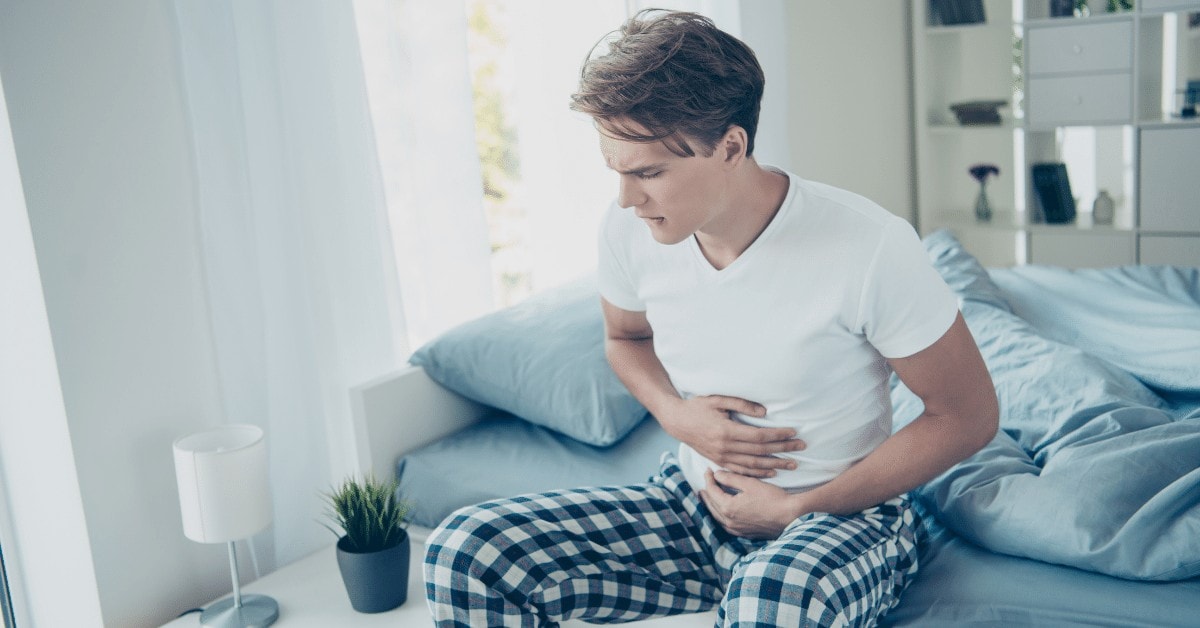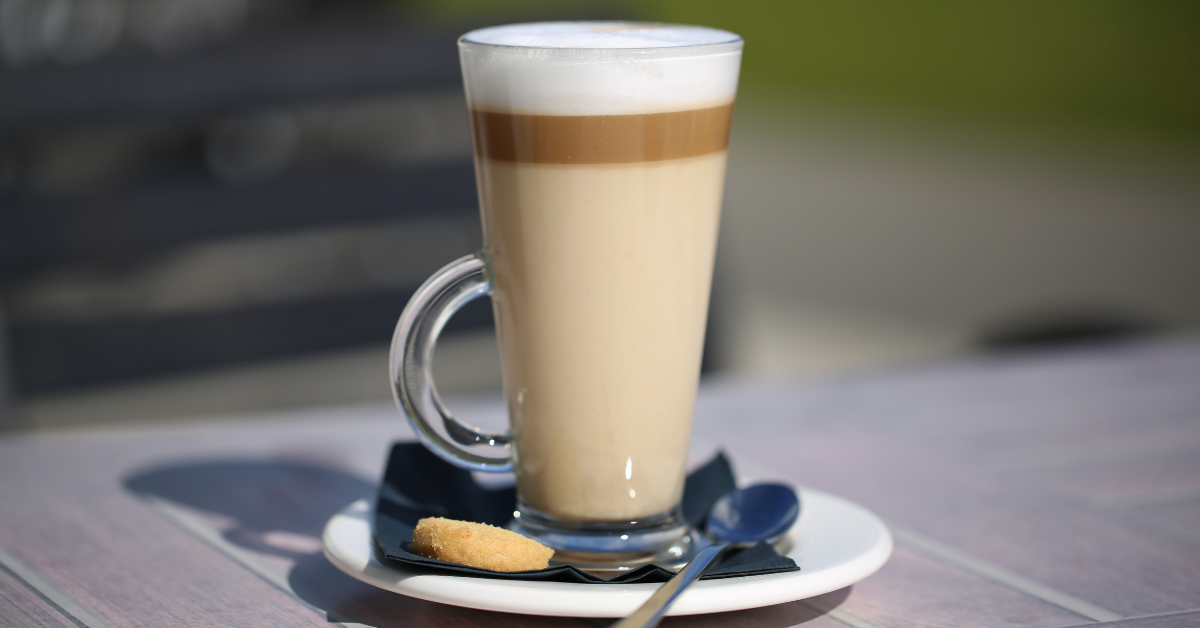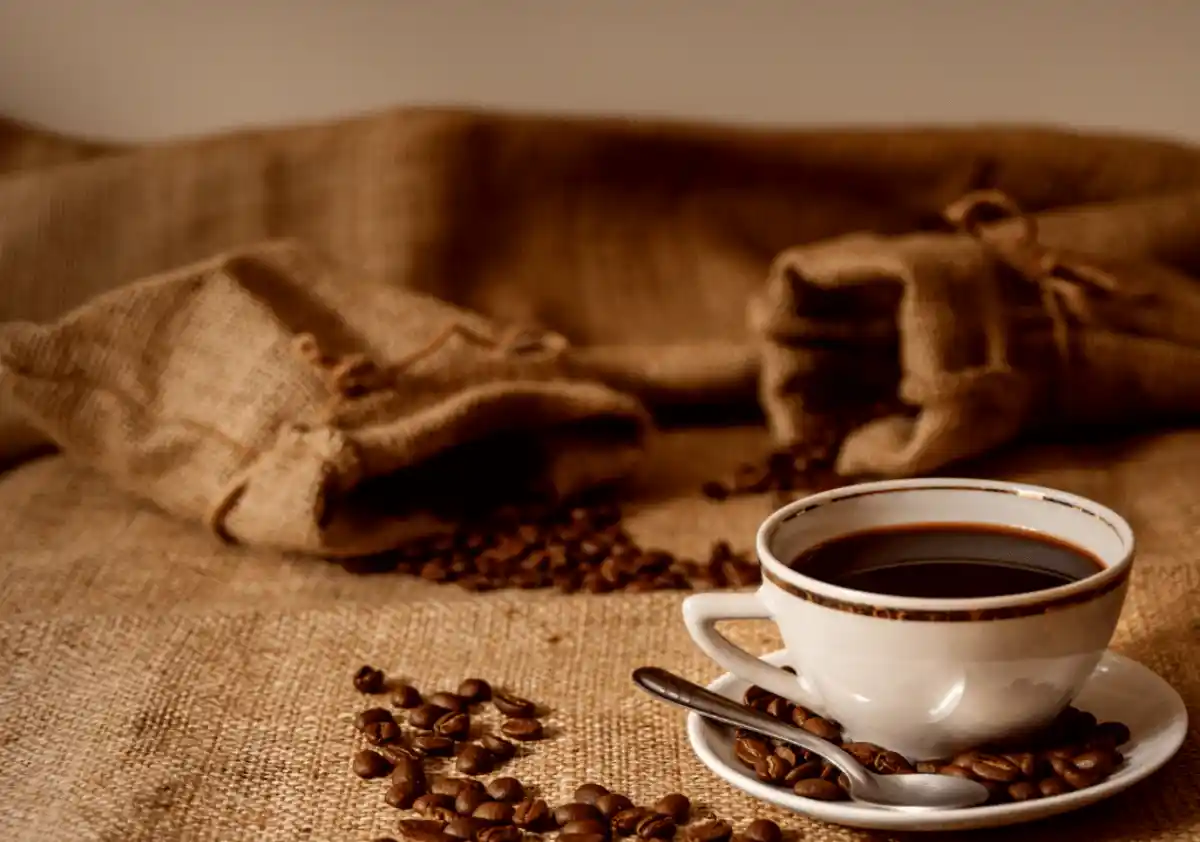Going into your local coffee shop, a latte and a coffee are two drinks you’re almost guaranteed to see on the menu.
But, aren’t they both made of coffee?
And, if that’s the case, what’s the difference between a latte vs coffee anyway?
Well, as a former barista, I’m here to break it down. Let’s take a look at what you need to know about each of these drinks.
What is a Latte?
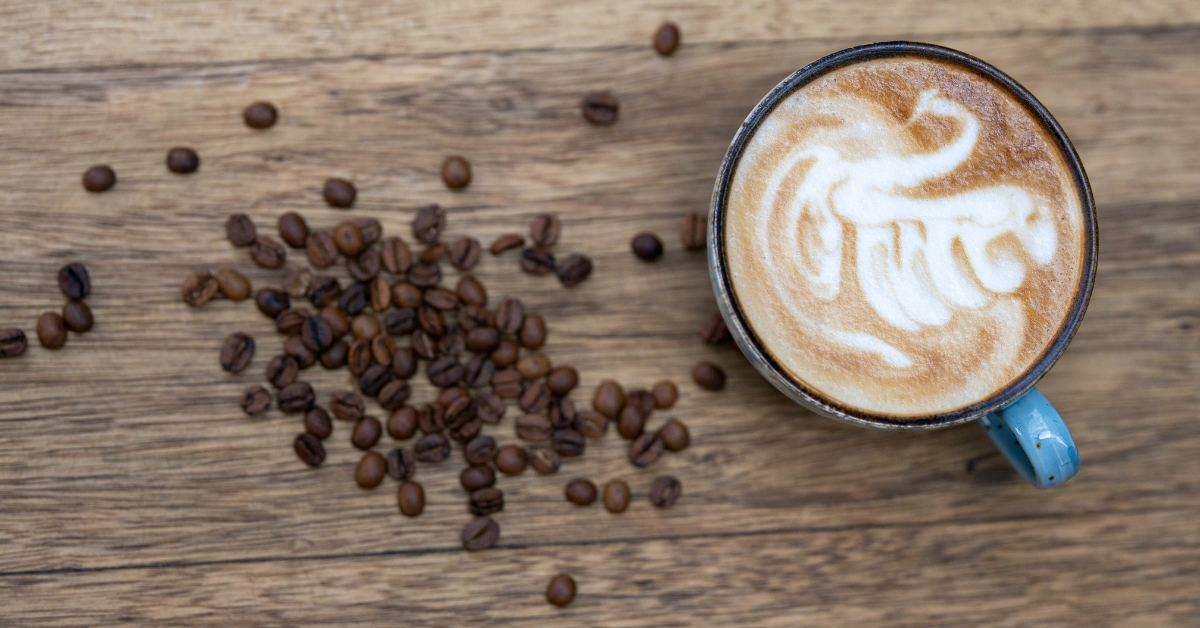
The latte is a milky coffee drink that hails from Italy.
Although we know the drink simply as a latte, its official name is café latte, which is Italian for coffee with milk.
Caffe latte is a combination of rich espresso and (traditionally) whole milk. The drink has a smooth, rich flavor with a slightly bitter aftertaste.
While traditional lattes are simply espresso and steamed milk, today, many baristas add syrups.
Not only do the syrups sweeten the beverage, but they also add unique flavors that make the drink stand out.
What’s really cool about lattes is that baristas usually use special milk pouring techniques to create designs on the top of the drink.
They do this by carefully pouring the milk into the crema on the espresso to make patterns.
The result is known colloquially as latte art.
Latte has many different versions nowadays, and one of the most popular is an iced latte. It’s similar to iced coffee, but it uses an espresso instead of a regular brewed coffee.
What is a Coffee?
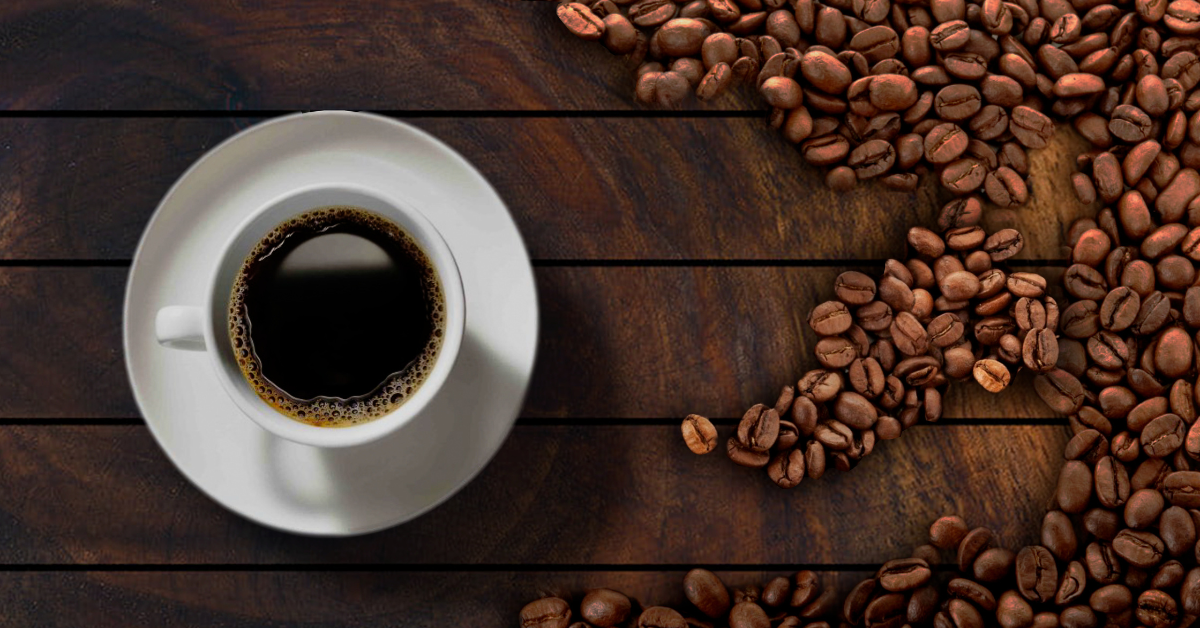
Coffee is famous as the American beverage of choice and is made out of ground coffee beans and hot water.
There are several different brewing methods that you can use to make coffee. A few classic brewing systems include:
There are tons of other brewing systems out there, but those are a couple of the most popular.
While coffee is traditionally prepared hot, it can also be cooled. When that happens, it’s known as iced coffee.
On top of that, you can add cream and sugar to your coffee.
That way, you can end up customizing your drink however you’d like!
Latte vs Coffee: What is the Difference?
Now that you know what a latte and a cup of coffee are, it’s time to talk details.
The truth is, despite being made out of coffee beans, these drinks are actually pretty different.
Let’s take a look at a few of the differences between a coffee and a latte.
Ingredients
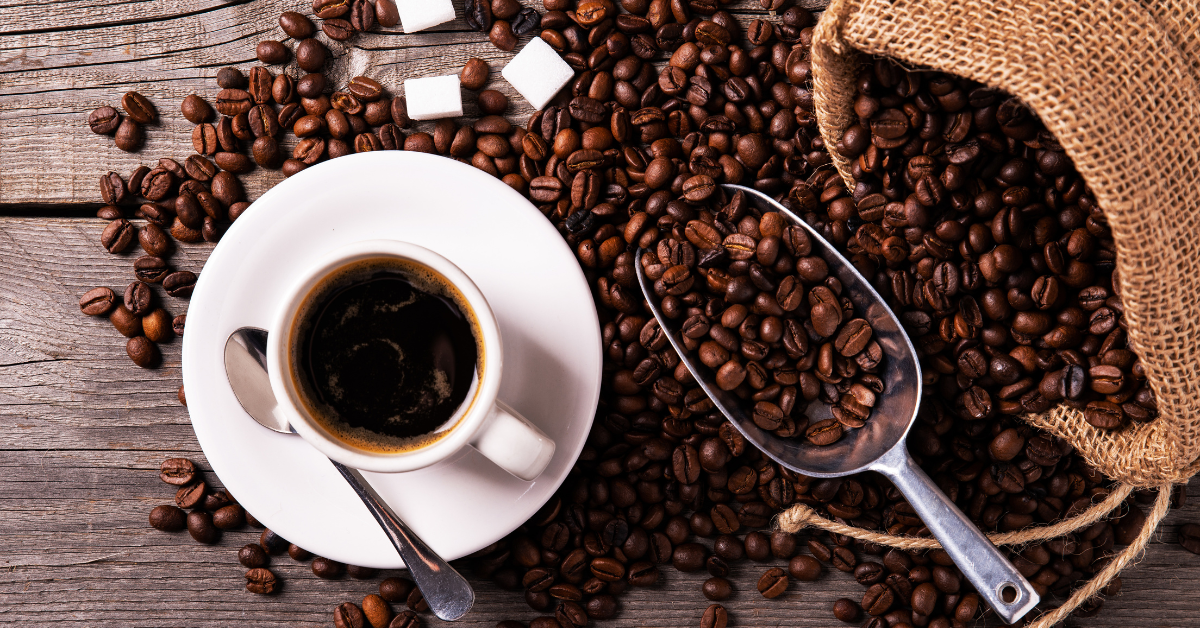
To make a cup of coffee, you’ll only need two ingredients: water and coffee beans.
If you want to, you can add sugar and milk, but these aren’t core ingredients for making a cup of coffee.
For coffee, you need coarsely ground beans. You can use either hot or cold water.
On the other hand, a latte is made with finely ground coffee beans, hot water, and frothed milk.
Once again, you can always add sugar or syrups. But, these aren’t traditional ingredients for a latte.
Either way, both drinks are pretty simple. They only require a couple of ingredients, making them easy for you to have at home, too.
Brewing Method
When it comes to brewing a latte, you’re going to need an espresso machine. This machine is what will allow you to make an intense, creamy espresso shot for your latte.
To make the espresso coffee for your latte, you’ll need about 7 grams of finely ground coffee for a single shot. If you want to make a double shot, you’ll need 14 grams of coffee.
To brew a latte, start by pouring your espresso shots. Put them in a cup and set them aside.
Next, you’ll need to use a milk steamer to heat and steam the milk. When you get a fine milk foam, pour it on top of your espresso shots.
That’s it! Just like that you’ve made a tasty latte.
Next, let’s talk about how to make coffee.
There are quite a few ways to make coffee, including by mixing hot water and instant coffee powder.
The process is simple: just use your favorite coffee maker and coffee grounds, and brew a cup of coffee.
Personally, I like to use a percolation method such as a French press or Chemex.
Typically, you’ll let the coffee percolate (develop the flavors) for about three minutes.
When the time is up, simply pour the coffee into a mug and you’re ready to drink it!
Taste
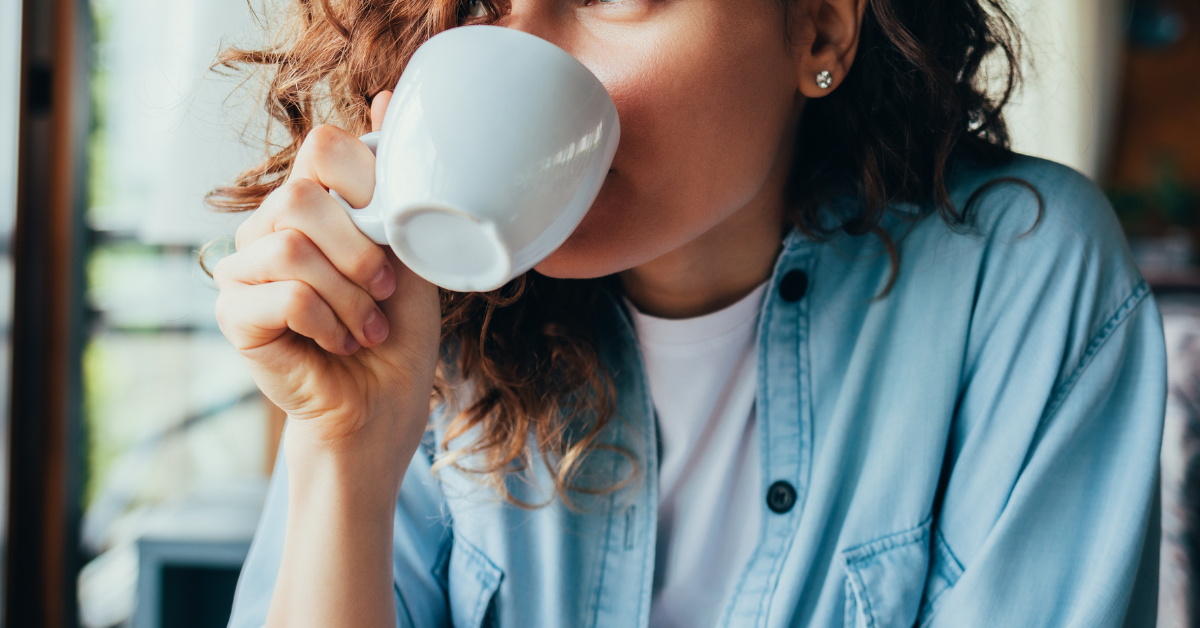
In terms of flavor, you’ll generally find that lattes are smooth and creamy while coffee is sharp and bitter.
Lattes are brewed using espresso, which is typically a dark, oily roast. They have a rich, intense flavor to them.
However, when you add the milk to them, the natural sugars in the milk help sweeten the beverage.
As a result, you wind up with a smoother and less intense cup of coffee.
In contrast, with brewed coffee, the taste depends a lot on what type of bean you use.
Brewed coffee is dark and bitter in general, but the roast, bean type, and brewing method can all cause slight variances.
In general, you’ll find coffee is made from either Arabica or Robusta beans. Arabica beans are acidic and taste robust, while Robusta beans are bitter and dark.
For coffee, the most common is to use Arabica beans because of the high level of acidity which gives the coffee a more robust flavor.
In terms of the roast, you can choose between light, medium, or dark roast. Light roasts tend to be citrusy, medium roasts are balanced, and dark roasts are smoky.
Serving
Serving is another difference between lattes and coffee.
For one thing, lattes are always served in a cup. Typically, the drink is decorated with a cute design in the milk.
A few common designs you’ll see include hearts, leaves, and flowers.
On the other hand, brewed coffee can either be served in a mug or in the brewer.
For instance, if you order a Chemex or French press coffee, you’ll almost always receive the French press or Chemex itself.
On the other hand, if you order a cup of drip brew coffee, you won’t get anything more than a mug of the drink itself.
Strength
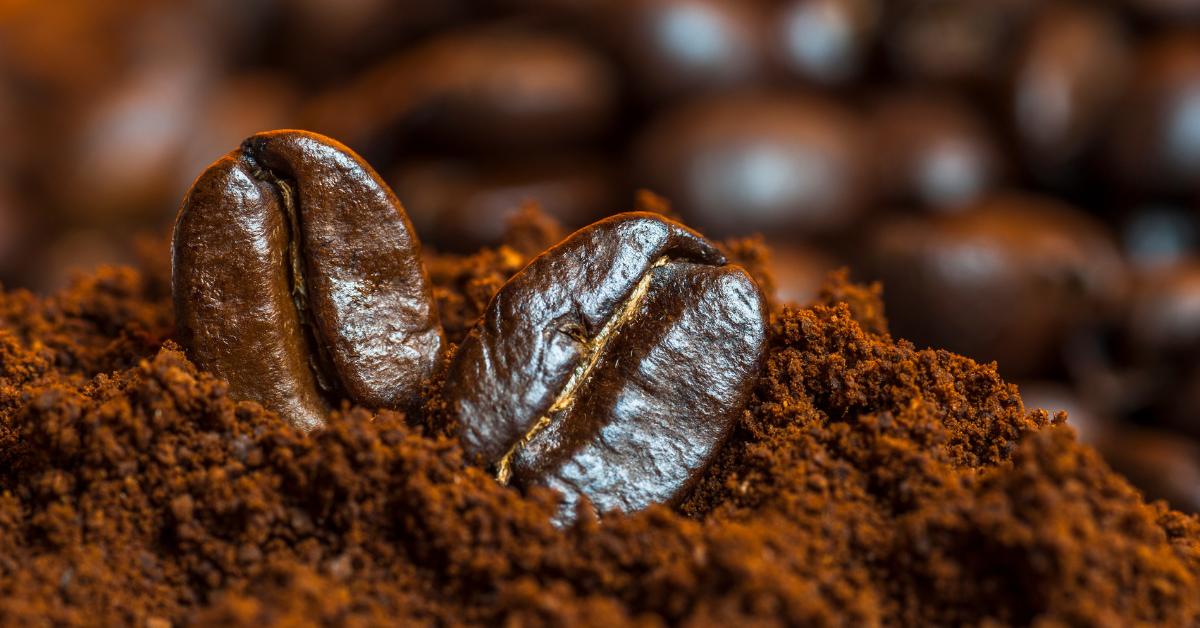
Strength is another difference between a latte and a cup of coffee.
Because lattes contain espresso instead of brewed coffee, the amount of caffeine in the drink is significantly lower.
A shot of espresso only contains about 63mg of caffeine. On the other hand, a cup of brewed coffee contains about 100mg.
Even though the espresso has a stronger flavor, it packs a lighter punch.
As a result, the latte winds up being less strong than a cup of coffee.
Calories
Whenever I go to a coffee shop, the calories I’m consuming are always in the back of my mind.
Neither the traditional latte nor a cup of coffee will pack too many calories, but it’s still good to know about the content of each.
A cup of coffee is made out of hot water and ground coffee. It’s as simple as that.
As a result, you’re only looking at about 5 calories per cup!
Lattes, on the other hand, contain foamed milk, which contains natural fats and sugars. As a result, it’s usually a bit more calorie-heavy.
Your average latte contains about 200 calories.
In the great scheme of things, that’s not bad either. But, if you add sugar or syrups to it, the calorie count will climb.
FAQ
If you’ve still got a couple of doubts about the difference between a coffee and a latte, I’ve got your back.
Here’s a quick FAQ with some extra information about latte vs coffee.
Is a latte stronger than coffee?
In a latte, you actually have less caffeine than a cup of coffee. A latte has about 75mg of caffeine while a cup of regular coffee contains about 100mg of caffeine. Brewed coffee will also have a stronger taste than a latte since it’s without milk.
Is coffee healthier than a latte?
Black coffee only consists of water and coffee whereas a latte consists of milk, too. As a result, coffee contains less fat and fewer calories, making it generally healthier than a latte.
Can you use regular coffee for a latte?
No, lattes are prepared with one or two shots of espresso. The espresso helps create a concentrated coffee that pairs well with the milk of the latte. If you want to use brewed coffee for a latte, what you’ll get is actually a caffe misto.
Final Thoughts
So there you have it—a quick rundown on the differences between a latte vs coffee.
Despite their differences, both drinks are made with coffee and are ideal for a morning or afternoon pick-me-up.
Whichever you end up picking, you’re bound to fall in love with one of these drinks.
If you want to try a different type of latte, we’ve got you covered there, too. Check out this guide to different types of lattes.

